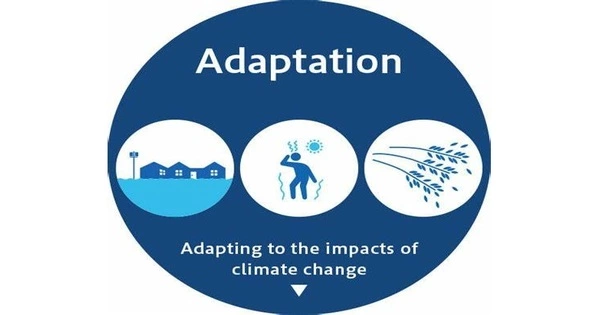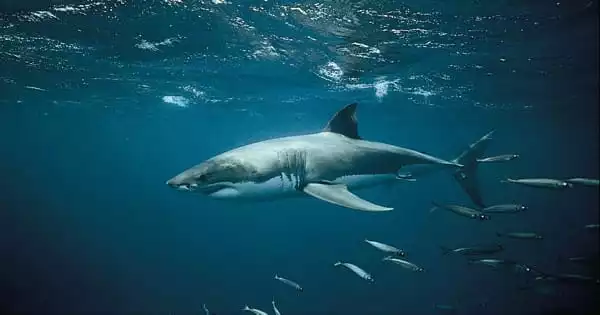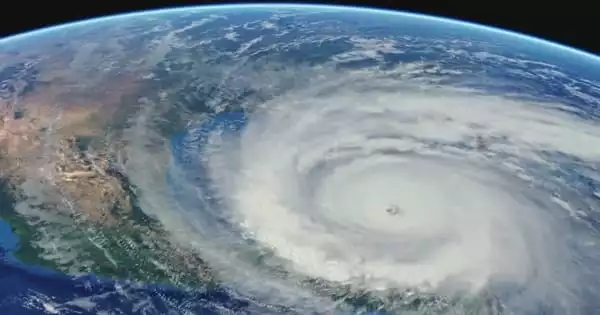The process of adjusting to the effects of climate change is known as adaptation. It refers to the process of adjusting to existing and anticipated climate change impacts in order to avoid negative effects, capitalize on potential opportunities, and strengthen resilience. It entails a diverse set of strategies, policies, and activities at all levels, from individual to global, to address the issues posed by climate change.
These can be both current and anticipated consequences. Adaptation strives to reduce or eliminate harm to individuals. It also seeks to capitalize on opportunities. Humans may also intervene to assist natural systems in adjusting. There are numerous adaptation strategies or alternatives available. They can aid in the management of human and environmental consequences and risks. We can classify adaptation actions in four ways. These are infrastructural and technological; institutional; behavioural and cultural; and nature-based options.
The necessity for adaptability varies by location. It is determined by the threat to human or ecological systems. Adaptation is especially critical in underdeveloped countries. This is due to the fact that developing countries are the most sensitive to climate change. As a result, they face the brunt of the consequences of climate change. Food and water adaptation requirements are considerable. They are high in other areas that contribute significantly to economic output, employment, and income.
Here are some key aspects of climate change adaptation:
- Understanding Climate Change Impacts: Adaptation begins with a thorough examination of how climate change is anticipated to affect a specific region, industry, or community. Temperature changes, precipitation patterns, sea-level rise, extreme weather events, and their potential implications on ecosystems, infrastructure, agriculture, water supplies, and human health are all part of this.
- Building Resilience: The ability of a system or community to absorb shocks and pressures while sustaining key functions is referred to as resilience. creating resilience is a common emphasis of adaptation activities, which might include creating climate-resilient infrastructure, diversifying livelihoods, and devising techniques to cope with extreme events.
- Infrastructure and Engineering Solutions: Many adaptation efforts involve redesigning and reinforcing infrastructure to withstand climate impacts. For example, building seawalls or levees to protect coastal areas from sea-level rise, improving drainage systems to manage increased rainfall, and upgrading buildings to withstand more intense storms.
- Adaptive Agriculture and Water Management: Farmers and water resource managers may need to adjust planting times, crop varieties, and irrigation practices to adapt to changing precipitation and temperature patterns. Diversification of crops and water-efficient technologies are also important.
- Healthcare and Public Health Measures: Climate change can affect human health through increased heatwaves, the spread of infectious diseases, and disruptions to healthcare infrastructure. Public health systems must adapt to these challenges.
Governments play a critical role in climate change adaptation by adopting and enforcing resilient laws and regulations. This can include climate-risk-adjusted zoning rules, building codes, and land-use planning. Raising public knowledge of climate change and its consequences is critical for gaining support for adaptation measures. Individuals and communities can be empowered to take action via education.
In summary, climate change adaptation is a multifaceted process that entails a variety of strategies, policies, and actions aimed at reducing susceptibility to climate change impacts and increasing the resilience of populations, ecosystems, and infrastructure. It is a critical component of the larger endeavor to combat climate change and protect current and future generations’ well-being.
















